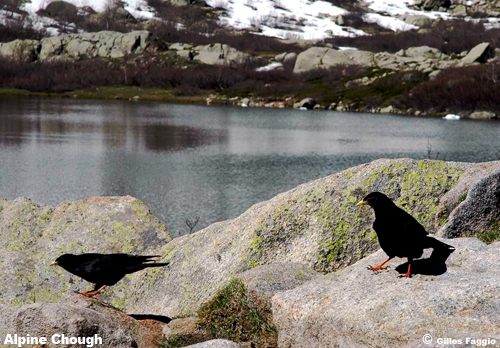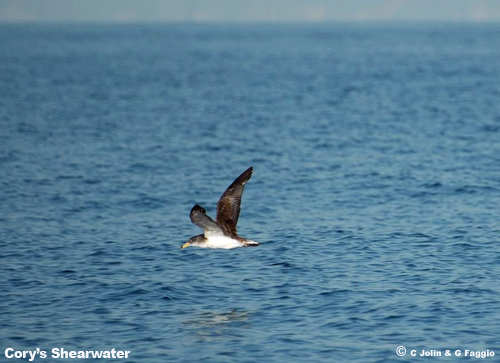


















Corsican Birdlife  Unique combination of natural features such as luscious maquis and dense forests, endless unspoiled beaches and stunning mountain vistas plunging into the crystal clear Mediterranean Sea

Corsica is about 133 miles north/south by 50 miles, for a total land area of 3,352 square miles. Corsica is really just one big mountain sticking out of the sea, having several peaks over 2000 meters high. The island is covered by maquis, a pungent combo of lavender myrtle and heather, as well as pine and chestnut forests.  This exciting destination provides an outstanding backdrop for birdwatching. Local specialities include Bearded Vulture, Red Kite, Osprey, Cory´s and Yelkouan Shearwaters, desmaresti subspecies of Shag, Purple Heron, Greater Flamingo, Audouin´s Gull, Scops Owl, Spotless Starling, Spectacled, Marmora´s and Dartford Warblers, Pallid Swift, Blue Rock Thrush, Tawny and Water Pipits, Alpine Accentor, Alpine Chough, Rock Sparrow, Wallcreeper, Cirl Bunting, the Corsican form of Citril Finch and the delightful endemic Corsican Nuthatch. 
Dates: Itinerary 
Day 1 |
Birding in Azerbaijan ::
Spring Birdwatching ::
Central Siberia ::
Hungary in Spring ::
Spring Bulgaria Birding ::
Spring Birdwatching ::
Birding in Bulgaria ::
Autumn Migration ::
Red-breasted Goose ::
Winter Tour ::
Fortnight Spring Birdwatching ::
Bulgaria & Romania Tour
Russian Far East :: Corsica :: Twelve Days Intensive Birding :: Natural History Tour :: ALBENA Birding Holidays :: Spring Botany :: Red Breasted Goose :: Spring Birdlife and Brown Bears :: Wildlife Photo Tours
Home ::
Company ::
Tours ::
Tour-info ::
Gallery ::
Articles ::
Contacts ::
Links ::
Latest news ::
Trip-reports ::
Bulgaria ::
Romania ::
Belarus ::
Russia ::
Sightings ::
Bookings
All rights reserved.
|